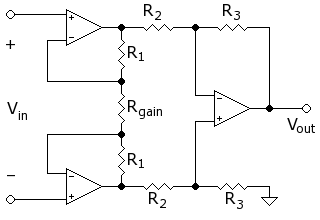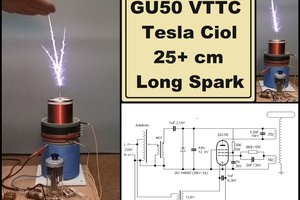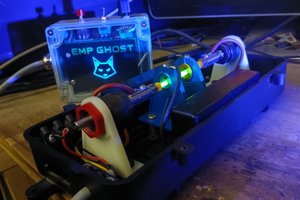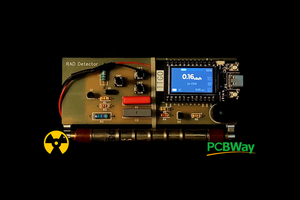To develop the circuit I referred to several projects much more accurate and complex than this, such as the openEEG project and various publications concerning the implementation of EEG devices (the most important was the one published by Lei Zhang and colleagues).
Finally I would like to point out that I am almost a newbie in the field of applied electronics, for this reason some errors (I hope not too catastrophic) may be present, so I would be happy if more experienced people than me could possibly correct my mistakes.
 Christian Borgia
Christian Borgia

 mircemk
mircemk

 Foxtek
Foxtek
 Omar Khorshid
Omar Khorshid
Hello! Love the project. Question: what program did you use to get the data as a waveform?